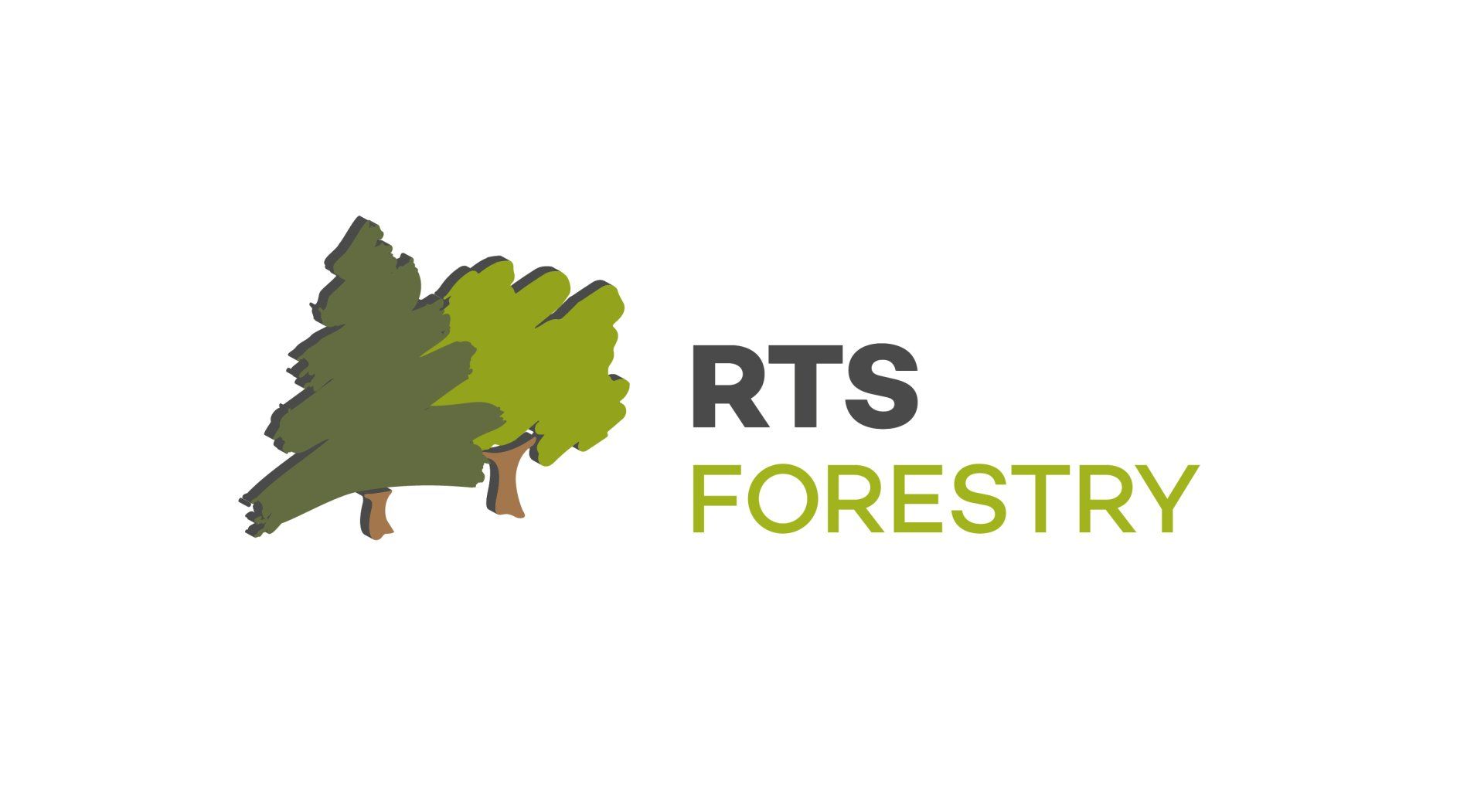Carbon
Carbon in forestry is generating huge interest at the present time. Significant additional income is potentially available for land owners who plant trees.
Introduction to Carbon
Trees sequester carbon as they grow. When a new woodland is planted (afforestation) this is additional carbon to the current farming land use because there is more carbon in a forest than a field. It is possible to calculate this additional carbon and as you can imagine it varies considerably with the main variables being tree species, management regime and rotation length.
The UK Government and various stakeholders have developed the Woodland Carbon Code (WCC), the standard against which all UK carbon projects should be measured against. They give examples of CO2 sequestration. These show the following examples for claimable units of CO2:
· Sitka spruce high Yield Class, clear fell model- 177 tonnes CO2/ha (capped at year 25)
· Mixed native woodland (no felling)- 306 tCO2/ha at yr. 35 and 518 tCO2 at yr. 100.
This highlights the trade-off between maximising carbon by planting native woodland as a permanent conservation resource against the economic benefits of commercial conifers, but while delivering less “permanent” carbon.
The Forestry Carbon Market
In the UK there is a voluntary market for carbon credits. There are sellers of carbon (land owners planting trees) and buyers (typically companies, eg delivery businesses and airlines) who wish to offset their emissions as part of corporate social responsibility reporting or marketing purposes for example. In England only, the Government has now entered the market as a buyer. A wide range of prices are being paid from £4-24/tonne CO2 depending on a range of factors. The payments equate to some £1,000/ha to as much as £6,000/ha or more. They are in addition to other sources of funding such as grant aid, but are only available where the carbon funding is essential to make the project viable.
Carbon can be sold “up front” or as it is sequestered though time- up to 100 years.
Given climate change concerns, pressure is on businesses and consumers to reduce their carbon footprint. This seems likely to lead to rising carbon prices.
The Woodland Carbon Code and Regulation
In the UK there is the Woodland Carbon Code (WCC), produced by the Forestry Commission, this sets the standard for forest carbon projects. It has robust science, a transparent registry and independent verification. It is only possible to make claims on afforestation projects i.e. converting land from non-wooded to forestry. It is not possible to make claims relating to existing woodland.
To make a claim an owner needs to go through three steps:
1. Register the project (RTS Forestry can do this)
2. Validate- requires a third-party audit (e.g. by the Soil Association) and must be undertaken within 2 years of the planting. This confirms the project meets the WCC requirements. Validation costs are circa £2,000.
3. Verification- requires a third-party audit and must be undertaken at year 5 and every 10 years thereafter. This confirms the project is sequestering the carbon as originally projected.
Considerations for sellers and buyers
Land owners, who plant trees, make a commitment to sell a certain amount of carbon into the market. Buyers agree a price for the carbon. Some buyers also decide to invest directly in an afforestation project. They then both own the carbon and invest in a forest project. Obviously, this gets more complicated and careful advice needs to be taken.
Summary
Carbon funding provides opportunities for land owners considering planting trees, with funding of £1,000-6,000/ha potentially available. However, this is a complicated and developing area and we strongly advise that both buyers and sellers of carbon take professional advice. Please contact Harry Wilson at RTS Forestry for more information.

We will get back to you as soon as possible
Please try again later
Inverurie Office:
16-22 Market Place,
Inverurie,
AB51 3XN
Email: Inverurieadmin@rtsforestry.co.uk
Inverness Office:
New Ground Floor
Alder House
Cradlehall Business Park
Inverness
IV2 5GH
Tel:
01463 592655

